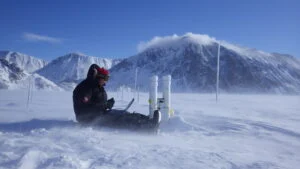
Science & Tech
20 Canadian innovations you should know about
Celebrating Canadian Innovation Week 2023 by spotlighting the people and organizations designing a better future
- 3327 words
- 14 minutes
Exploration
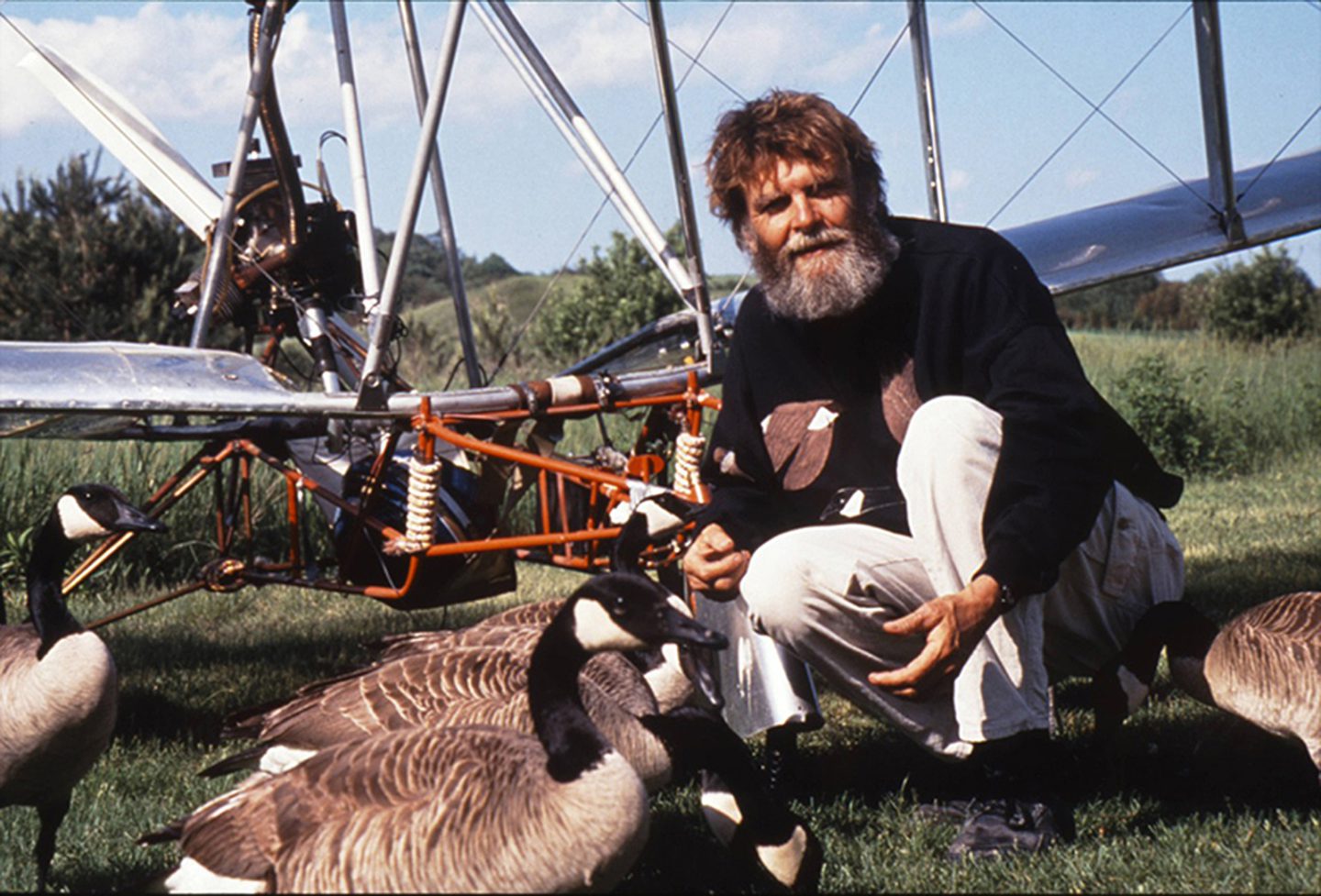
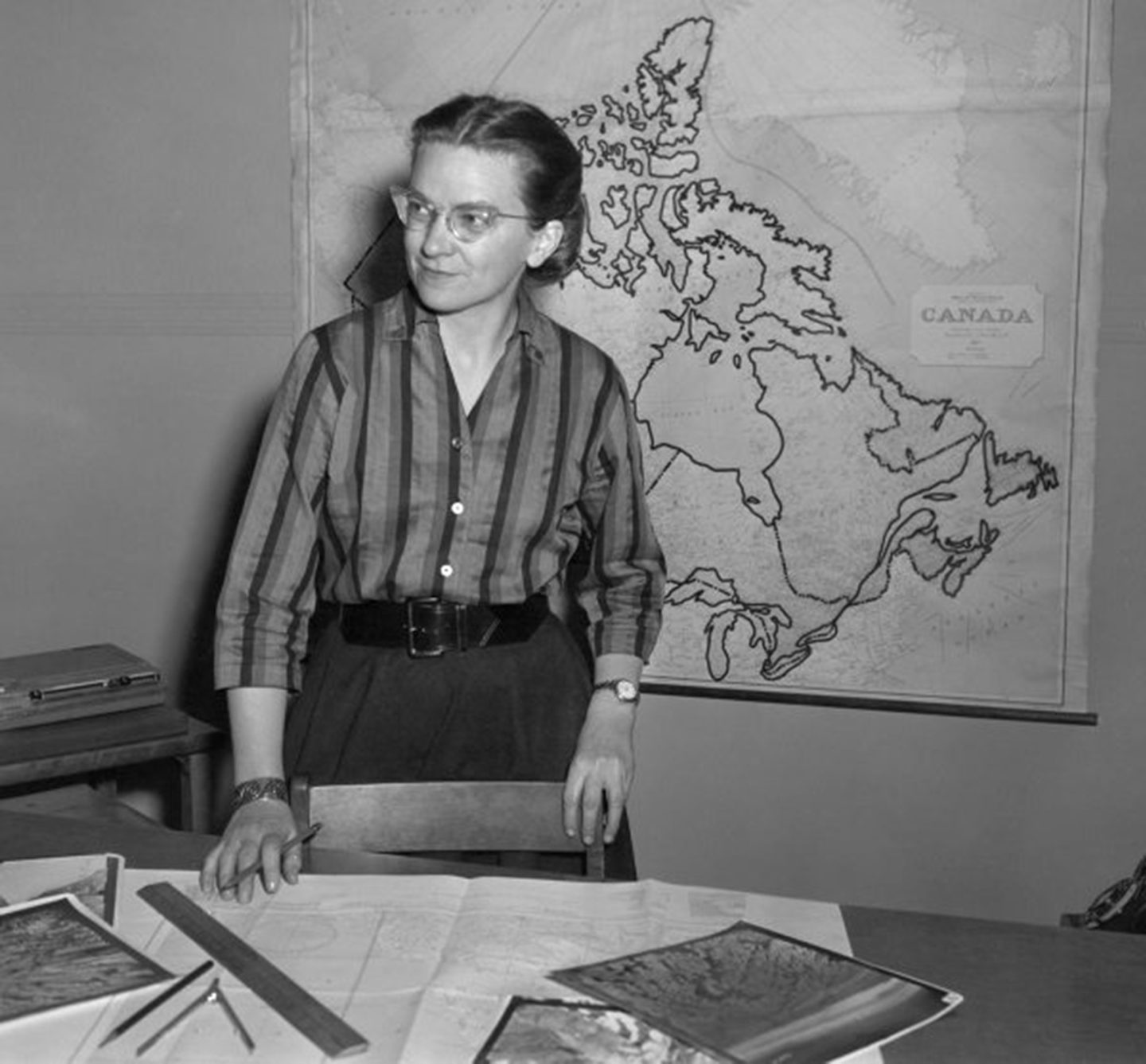
Pioneering glaciologist and ice researcher, who in the 1950s became the first woman to travel on government ice breakers. Was among the first to use remote sensing for data collection.
FRED ROOTS (FRGCS)
1923-2016 | East Sooke, B.C.
Geophysicist and diplomat, led or was part of numerous scientific expeditions at the poles and around the world. He was senior geologist for the first international scientific study of the Antarctic region (1949-52), and later conceived the Polar Continental Shelf Program.

DAVID SCHINDLER (FRCGS)
1940- | Edmonton
Renowned environmental scientist who pioneered large-scale investigations of whole lakes as director of the Experimental Lakes Area, Kenora, Ont. His acid rain research and other studies have resulted in specific protection measures for world freshwater resources.
PHIL NUYTTEN (FRCGS)
1941- | Vancouver
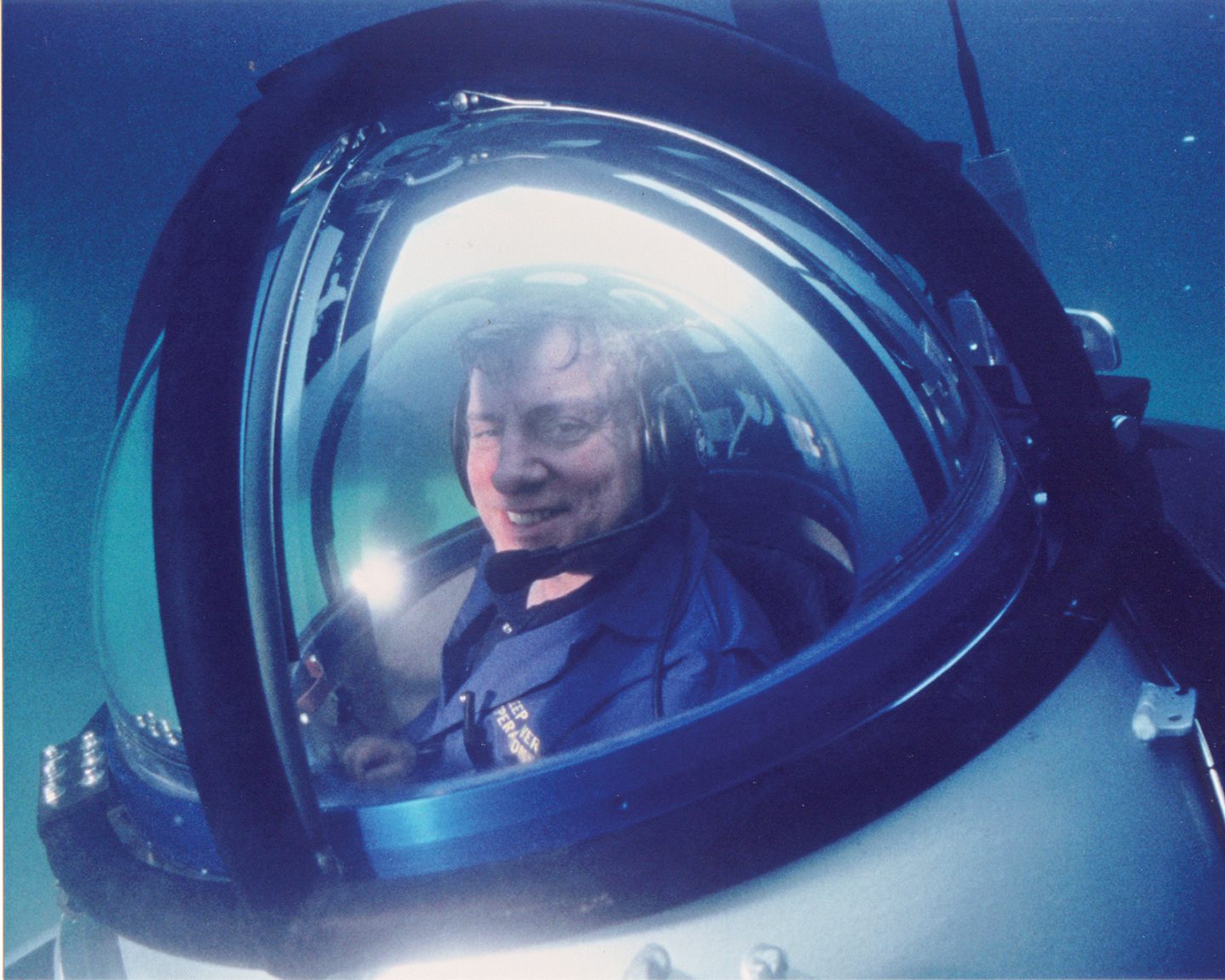
Deep-sea explorer and inventor of diving equipment and submersibles that have allowed humans to dive deeper, more safely. The founder of companies such as Nuytco Research Ltd., his hard-suits (the Newtsuit and the Exosuit) are used by explorers and navies around the globe.
ELON MUSK
1971- | Kingston, Ont.
SpaceX’s CEO and chief designer, working toward crewed interplanetary space travel and rapidly reducing the expense of space flight. SpaceX was the first private company to launch, orbit and recover a spacecraft and to send a craft to the ISS.
Are you passionate about Canadian geography?
You can support Canadian Geographic in 3 ways:

Science & Tech
Celebrating Canadian Innovation Week 2023 by spotlighting the people and organizations designing a better future
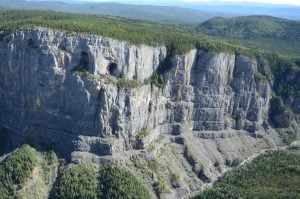
Exploration
2022 is the International Year of Caves and Karst. Here’s why you should care about the hidden worlds beneath our feet.
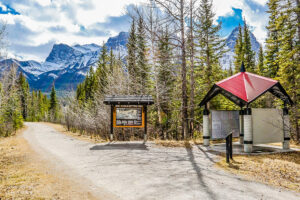
Travel
The trail started with a vision to link Canada coast to coast to coast. Now fully connected, it’s charting an ambitious course for the future.
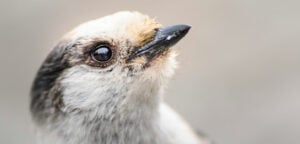
Wildlife
Canada jays thrive in the cold. The life’s work of one biologist gives us clues as to how they’ll fare in a hotter world.